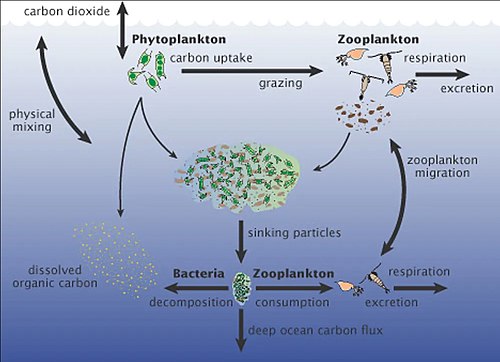
Advanced imaging has uncovered a groundbreaking mechanism through which the distinct configuration of a membrane protein allows a bacterial predator to assault and consume other microbes. The investigation centers around PopA, a porin-like protein situated in the outer membrane of *Bdellovibrio bacteriovorus* (*B. bacteriovorus*), a predatory microbe that targets a range of Gram-negative bacteria. Notably, PopA is able to move from the outer membrane of one cell to the inner membrane of another, challenging established principles of membrane protein architectures, as highlighted by structural biologist Andrew Lovering from the University of Birmingham.
The exploration of PopA commenced under Lovering’s supervision just prior to the Covid-19 pandemic, driven by PhD student Rebecca Parr. By employing x-ray crystallography and cryo-electron microscopy, Parr identified that PopA assembles into a unique fivefold structure, straying from the conventional single or three-part structures commonly observed in other outer membrane proteins.
Interestingly, when exposed to *Escherichia coli* (*E. coli*), PopA induced substantial damage to both the outer and inner membranes, implying its involvement in the predatory strategy of *B. bacteriovorus*. The PopA protein features a bowl-like configuration adept at capturing lipid molecules, which may disturb lipid proportions within membranes. Further analysis indicated the presence of PopA homologues across diverse bacterial species, all exhibiting the lipid-trapping characteristic, forming configurations like tetramers and hexamers.
Lovering emphasizes the importance of identifying “rulebreakers” such as PopA, which enhances the understanding of the potentialities of membrane proteins, extending beyond the conventional focus on *E. coli* and *Pseudomonas*. Mohammed Kaplan, a microbiology specialist not participating in the research, recognizes the significance of unraveling this predation phenomenon for more comprehensive biological insights, pointing out the unresolved query of how PopA shifts from predator to prey – a puzzle yet to be unraveled.